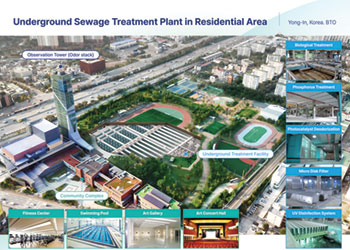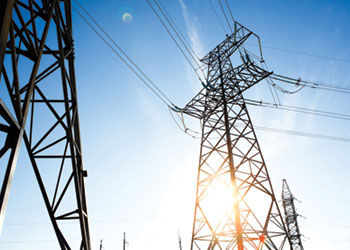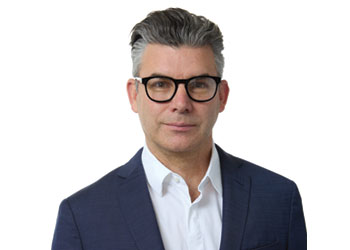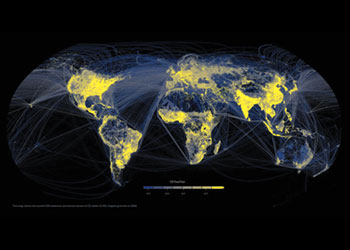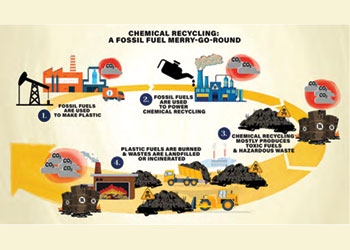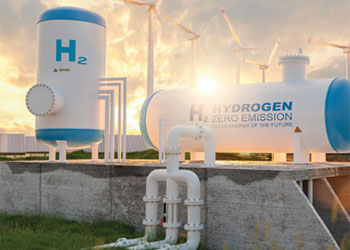
 Harrisson
Harrisson
The perception of sulphur is changing as the energy transition unfolds and it has much to contribute to the energy transition. However, the region needs to be responsible and sustainable providers of sulphur, experts tell OGN
With the Middle East’s role in the sulphur value chain rapidly evolving, and the energy transition accelerating, it will be interesting to see what the present and future of sulphur in the Middle East will look like in a world of transition.
OGN energy magazine discussed some of the most important questions in the sulphur market today with leading experts from Adnoc, CRU and UniverSUL, including Peter Harrisson, Principal Analyst, Sulphur and Sulphuric Acid, CRU; Angie Slavens, Managing Director, UniverSUL Consulting; and Fahad Al Wahedi, SVP, Projects and Technical Center, Adnoc Sour Gas.
Below are excerpts from the interview:
The Middle East is the largest producer and exporter of sulphur, currently supplying nearly 30 per cent of the world’s sulphur. With its dominance only set to grow, what is it that makes the region so well placed for success?
Harrisson: High sulphur content oil and gas reserves in the Middle East is the primary reason for its production potential. When you couple this with the region’s geographical proximity to some of the world’s largest sulphur consumers, that is, China, India and Morocco, there is a logistics efficiency advantage for Middle East supply.
 |
Slavens |
Al Wahedi: Indeed, resources and location alone are not automatic roads to success. Appreciation of sulphur’s value and investment into world class extraction and processing technology sets the Middle East apart. As one example, in the last decade, at Adnoc we have implemented two sulphur granulation plants adjacent to two of our largest sour gas plants with the goal to eliminate transportation of liquid sulphur by truck, increasing supply and improving the sustainability of sulphur handling operations. Etihad Rail was subsequently established to transport up to 20,000 metric tonnes per day of granulated sulphur by rail from Habshan and Shah to the port at Ruwais. This substantial investment in transportation logistics is unrivalled anywhere else in the world.
From the investment you’ve discussed in sulphur production in the Middle East, evidently there is a lot of value in it. Why do you think sulphur is sometimes misconstrued as a waste by-product only?
Slavens: Historic long-term oversupply of sulphur, aside from a few brief periods, has resulted in a relatively low sulphur price. This, combined with a common perception that sulphur is simply a costly consequence of environmental compliance, often leads to the conclusion that sulphur is a problem or a low value commodity.
Harrisson: It’s worth noting that this view is often in flux, with trends in demand and pricing causing producers to reassess where sulphur sits along this spectrum at any given time. Though, the reality is, there are vital industries that are simply not possible without sulphur. From electric vehicle (EV) battery production to fertilisers and metals processing, the demand of sulphur production is often underestimated.
Slavens: Interestingly, the tide on this underestimation is starting to change. As sweet (rather than sulphur-heavy sour) shale oil and gas dominates the North American hydrocarbon landscape, this previously supply-leading region has been in decline. The supply/demand balance has become tighter and we are seeing more frequent periods of price volatility. The effect this is having on industries reliant on sulphur has caused many to take notice of its importance.
 |
Al-Wahedi |
Al Wahedi: This shift in perception coincides with the emergence of the Middle East as the world’s largest supplier of sulphur. Not only is it the largest producing region today, and Adnoc the largest single exporter of sulphur in the world, but it is also the source of about half of production increases expected this decade. As we deliver gas growth at Adnoc, continuing to responsibly meet global energy and industrial feedstock needs with minimum emissions, we will also expand our supply of high-quality and competitive sulphur, produced with lower carbon intensity. This includes the expansion of the Shah Gas Plant and, in the second half of this decade, the delivery of the Ghasha concession, the largest offshore sour gas project in the world.
Building on this, can you share how demand for sulphur is changing in terms of volume and use? How are companies in the Middle East responding to this demand?
Harrisson: Sulphuric acid required for phosphate fertiliser production currently makes up more than 50 per cent of global sulphur demand. This is expected to increase in parallel with global population growth. Remaining, and rising, demand is from a range of industries including metals mining, with the highest demand coming from lithium, cobalt and nickel for batteries, and copper and aluminium for the construction of EV batteries specifically.
Slavens: The energy transition presents the potential for a compounded impact on the sulphur industry. The demand growth Harrisson mentions is true, but this is coupled with potential decreases in global sulphur supply due to reduced hydrocarbon consumption. While the most pronounced impact is not expected to be realised until the late 2030s or 2040s, the sulphur industry should be putting plans in place for future voluntary production to meet demand.
Al Wahedi: How we take proactive steps to bring together sulphur producers and consumers to tackle these changes was a key topic of discussion at this year’s Middle East Sulphur Conference (held from May 16-18 in Dubai). With the Middle East taking a leading role in sulphur production, we need to be constantly exploring and innovating new uses and possible areas sulphur can add value in a decarbonising world with a growing population.
Do you think sulphur truly has a role in a low carbon economy? If so, how are companies in the Middle East adjusting and innovating to make this a reality?
Harrisson: Though sulphur is a by-product of oil and gas production, it has much to contribute to the energy transition. Sulphur’s conversion to sulphuric acid provides carbon free power to many of the operations running sulphur-burners around the world. The subsequent acid which is generated will be critical in extracting the metals and producing the materials required to realise the electrification of economies around the world.
Slavens: The perception of sulphur is changing as the energy transition unfolds. The world is beginning to take notice of sulphur’s true value and some are coming to the realisation that at some point the industry will need to take steps to deliberately manage supply to meet demand. As the Claus process is the most efficient and economical means of producing huge volumes of elemental sulphur, it will likely still be the primary means of supplying sulphur to a decarbonised world. In addition, the Claus sulphur recovery unit is a net energy exporter, generating high pressure steam, a frequently overlooked benefit.
Al Wahedi: For me, the role of sulphur in the energy transition is two-fold. There are indeed new demand drivers for sulphur which upgrade its value in the energy transition. However, we need to also make sure that we are responsible and sustainable providers of sulphur. Adnoc has a dual advantage, as a result of decarbonisation and efficiency efforts, that have made its oil production lowest-possible cost and lowest possible carbon intensity. For example, we already import 100 per cent clean power from the grid and utilise the region’s first railway to export our sulphur. We need to make sure we are extending this dual advantage to our sulphur production, utilising the latest technology to decarbonise our processing and handling operations, maintain reliability and drive down cost.
What do you foresee as the greatest challenges that the sulphur industry will face? Both globally and in the Middle East?
Harrisson: The perennial challenge the sulphur market faces is how to manage the constant oscillation of supply and demand from surplus to deficit that has been the defining feature of sulphur’s past. However, the future will face a different, but related, challenge. With the energy landscape shifting from hydrocarbons to renewables, sulphur supply will decrease and the question may no longer be where to put oversupply, but instead where to find it when there is not enough. The decline in oil and gas supply is not an immediate trigger of lower sulphur availability but the more hydrocarbon processing falls, the more sulphur supply will come under pressure. The trend in gas processing in the Middle East is towards higher sulphur production for each unit of gas which will be a useful contributor to meeting future sulphur supply needs.
Slavens: There will indeed need to be a mindset shift from sulphur as a plentiful, low value commodity to one that must be thoughtfully and strategically managed. While it will still be some years before that need fully arises, the world’s largest producers of sulphur should be crafting strategies now so they are prepared to act when necessary. It is likely that meeting sulphur supply needs in a decarbonised world will still require the production of sour gas, most likely with hydrocarbon reinjection into the reservoir, which could create political challenges unless perception and expectations are properly managed.
Al Wahedi: There will be many challenges in the years and decades ahead, particularly as sulphur is increasingly recognised as a commodity with strategic value, and we navigate a changing energy landscape. However, by sharing successes and learnings, innovating and exploring together, challenging each other and celebrating the specialist expertise, we will ensure we are resilient and agile to this changing sulphur landscape.
By Abdulaziz Khattak










































































